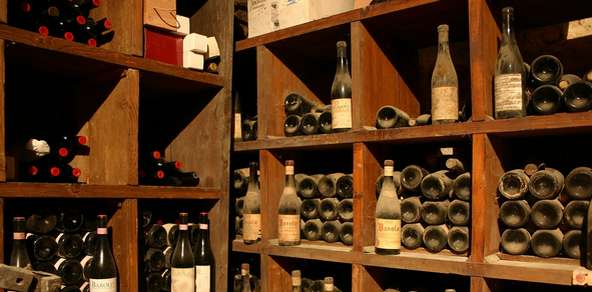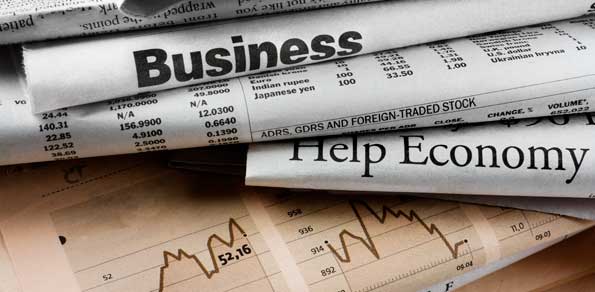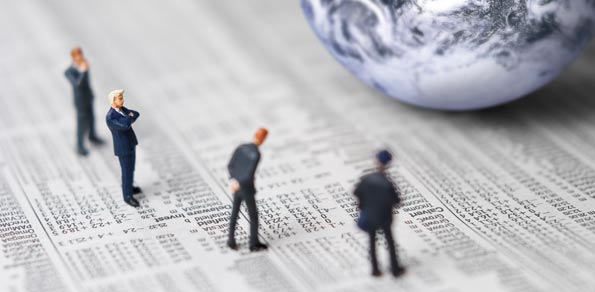A vintage wine is made from grapes that were all, (or primarily), grown and harvested in a single specified year. In certain wines it denotes quality, as in Port were Port houses make and declare vintage Port in their best years. From this tradition, a common (though incorrect) usage applies the term to any wine perceived to be particularly old, or of a particularly high quality.
Most countries allow vintage to include wine not from the year denoted on the label. In Chile and South Africa, the requirement is 75% same-year content. In Australia, New Zealand, and the European Union, it’s 85%. In the USA it’s 85%, unless the wine is designated with an AVA in which case it is 95%. The 85% rule in the United States applies equally to imports. The opposite of vintage wine is nonvintage wine (NV), usually a blend from two or more years. This is a common practice for winemakers seeking consistency year on year.
The importance of vintage, however, is varied and disputed. In many wine regions growing seasons are more uniform. In dry regions controlled use of irrigation contributes to uniform vintages. Wines of superior vintages from prestigious producers command higher prices than those from average vintages particularly if wines improve by age in the bottle. Some wines are only labelled with a vintage in better-than-average years, to maintain their quality and reputation, while the vast majority of wines are produced to be drunk young and fresh
The importance of vintage may be exaggerated, New York Times wine columnist Frank J. Prial declares the vintage chart to be obsolete;
[quote]winemakers of the world have rendered the vintage chart obsolete, winemakers now have the technology and skills to make good and even very good wines in undistinguished years[/quote]
Roman Weil, co-chairman of the Oenonomy Society of the US and Professor at the University of Chicago, tested the hypothesis that experienced wine drinkers;
[quote]cannot distinguish in blind tastings the wine of years rated high from those of years rated low, or, if they can, they do not agree with the vintage chart’s preferences[/quote]
Dr. Weil used wines ranging from 4 – 17 years beyond their vintage with 240 wine drinkers and found that the tasters could not distinguish between wines of good and bad vintages, (except Bordeaux wines), when they could make a distinction, the match between the tasters’ individual assessments and the charts’ rankings were little better than tossing a coin. When the tests were replicated with wine experts, including French wine academics, the results were again the same as chance.
Weil does not consider a vintage chart to be useless. He suggests using one to help “find good buys in wine. Buy wine from the appalling years,” which may be priced far below actual quality. The subject of the importance of vintage is one about which disagreement can be expected to continue.
There are some fascinating parallels between forex trading and the description of what may (or may not) be considered a vintage year for those with vinous tendencies, the most obvious being the subjectivity. One man’s meat is another’s poison; if we class intraday day traders as Beaujolais drinkers they may have experienced a good harvest, similarly trend traders may have fared well in the months when confidence in the Euro reached a recent nadir. If we distinguish position traders as traders above and beyond trend they may have also fared extremely well from September onwards. Whilst according to a recent HSBC report for the biggest beasts in our jungle, hedge fund managers, it’s been a terrible year, finishing the year being flat would be considered a good position for the ‘shining lights’.
I was particularly drawn to and wanted to highlight the parts in our short précis were Dr Weil tests the ability of wine experts in order to determine what is and what isn’t vintage. His reference to charting being next to useless should also raise an eyebrow and smile amongst our trading community. In a blind test the experts failed, he declared that the experts would have provided a better result had they simply tossed a coin, even were wine tasting is concerned probability over rules the expert opinion once again. Presumably Dr Weil didn’t disclose the names of the experts, watching wine snobs being disrobed of their honour and reputation would have been a cruel sight.
Dr Weil even suggested counter intuition; buying the most appalling wines can be a ‘strategy’, a notion that may fit well with traders who choose random entries, but concentrate on other key aspects of their overall edge and method. And that’s the subject I’d like to finish on with this final musing of 2011. Despite all the expert opinion available we have to make our own decisions as to why and when we pull the trigger. We can have the quickest multi monitor/gaming set up, pay for the fastest squawk, have a ‘lite’ version of Bloomberg, be on the mailing list of greatest traders and analysts, be constantly on message as to what fundamentals are shaping our ‘forex universe’, have absolute conviction in our latest trading method and technique, but all that intelligence and the required intuitive skill to put it to good use can be rendered useless unless we have control over our money management and self control.
“Trading what you see not what you think” is a trading phrase often trotted out without proper reflection. Perhaps our wine experts’ noses had become impaired, perhaps they’d lost touch with their instincts and senses becoming too desensitised to their environment, or perhaps they’d begun to believe their own hype and self importance. As we’ve witnessed in 2011 the market can appear to be random and unpredictable, in order to capitalise you need all your senses to be in tune. It doesn’t have to be a vintage year for the markets to give up profit, the market simply has to exist. You need to see, give yourself time to think and have the commitment and courage in your conviction to act. Despite the massive amounts of opinion and intelligence available to us trading can be best summed up by one liners from charismatic old timers;
“you can’t know ’til you bet!” Jesse Livermore 1877 – 1940





